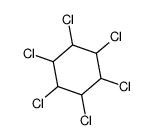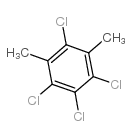| Structure | Name/CAS No. | Articles |
|---|---|---|
 |
bhc
CAS:608-73-1 |
|
 |
2,4,5,6-tetrachloro-m-xylene
CAS:877-09-8 |